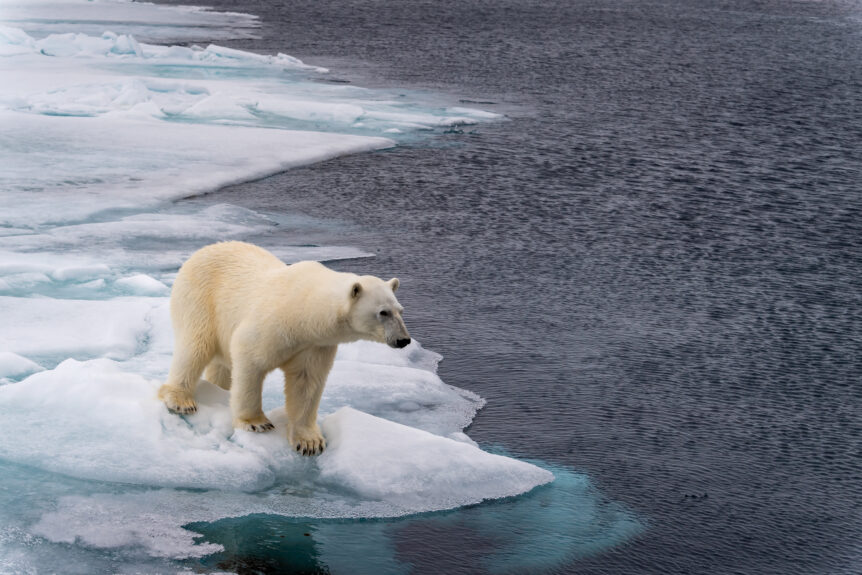Climate change is more than just a warming planet; it’s a profound threat to biodiversity around the globe. From the coral reefs to the Arctic tundra, countless species are struggling to survive due to our collective failure to address climate issues. Here’s a look at 20 species that are paying the price for climate inaction.
1. Polar Bears
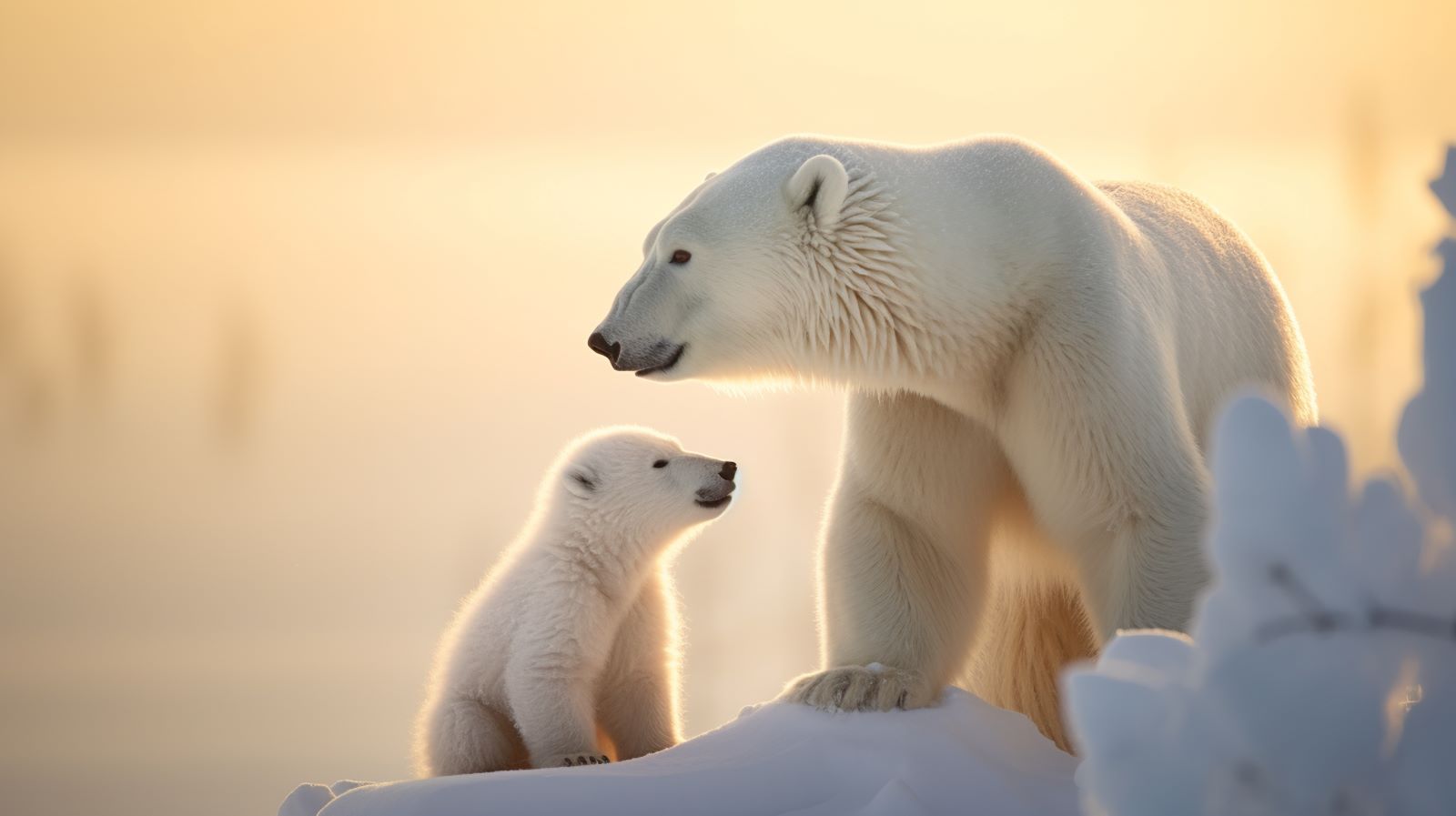
Image Credit: Shutterstock / SofieLion
Polar bears rely on sea ice to hunt seals, their primary prey. As sea ice diminishes due to warming temperatures, polar bears are forced to travel further and expend more energy to find food, leading to decreased survival rates.
2. Monarch Butterflies
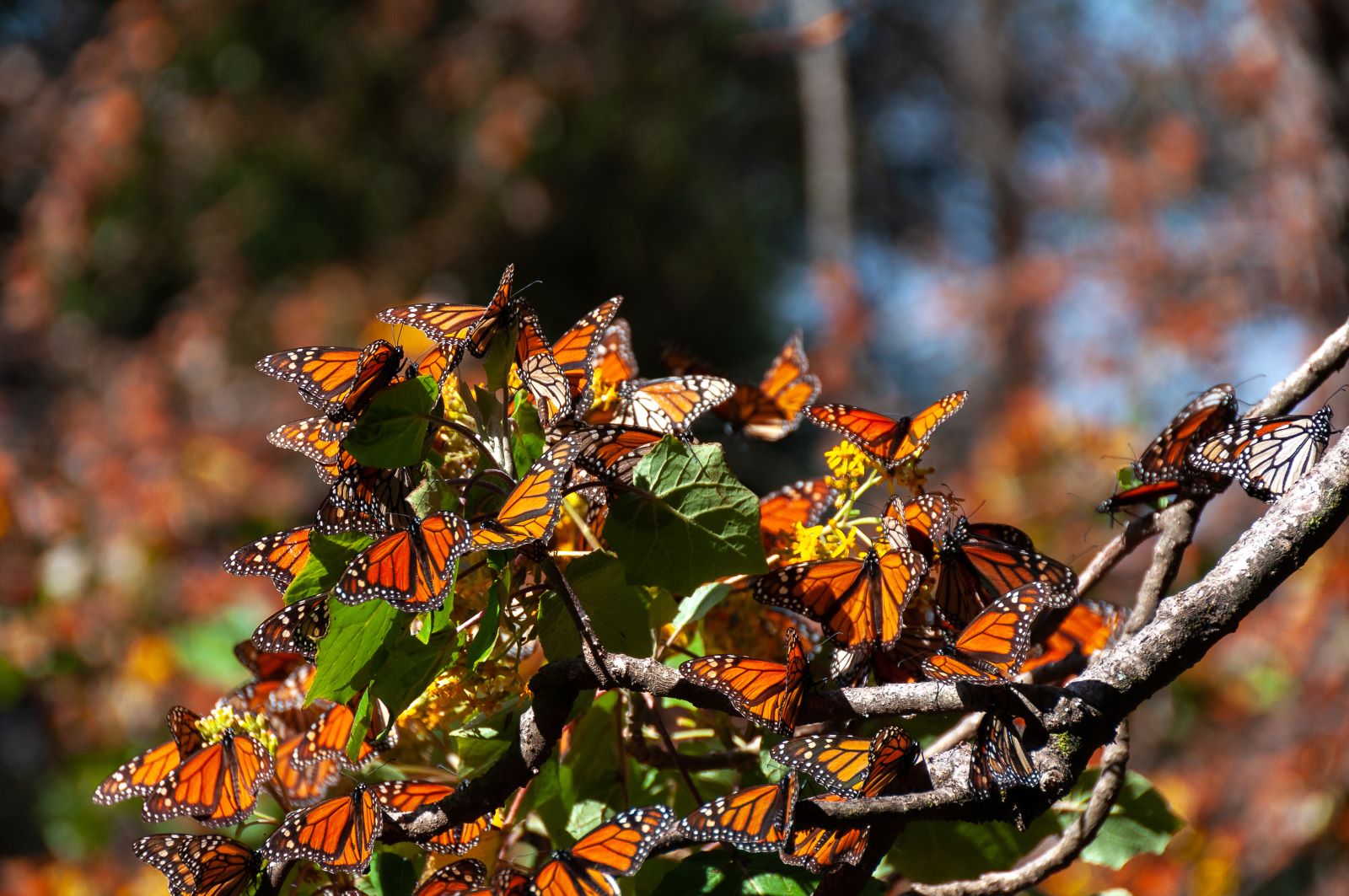
Image Credit: Shutterstock / Noradoa
Monarch butterflies undertake a long migration from North America to central Mexico. Changes in temperature and precipitation patterns disrupt their migratory route and breeding grounds, threatening their populations.
3. Great Barrier Reef Coral
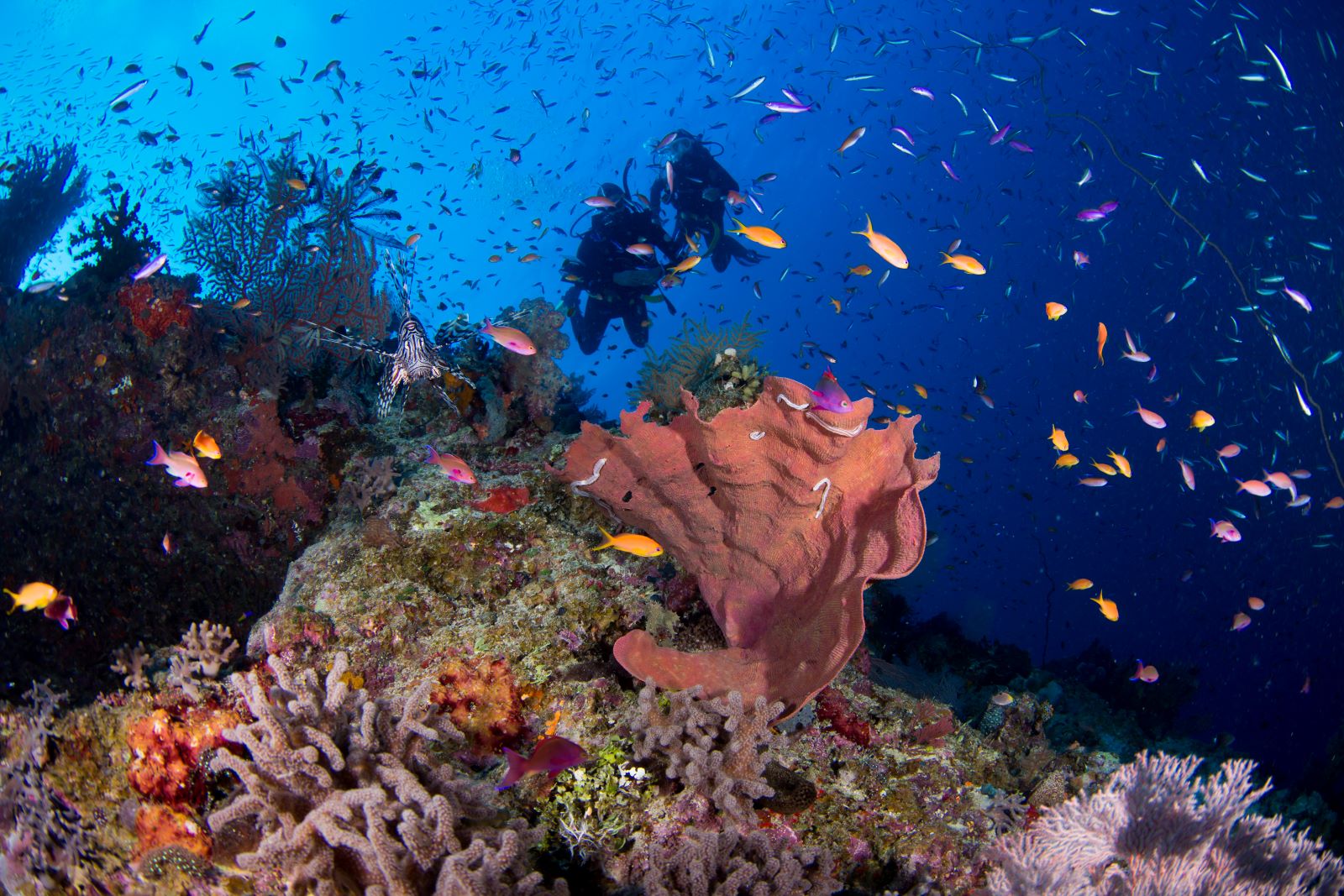
Image Credit: Shutterstock / Islandjems – Jemma Craig
The Great Barrier Reef is suffering from severe coral bleaching events caused by rising ocean temperatures. These events lead to the loss of critical habitat for many marine species and threaten the entire reef ecosystem.
4. Snow Leopards
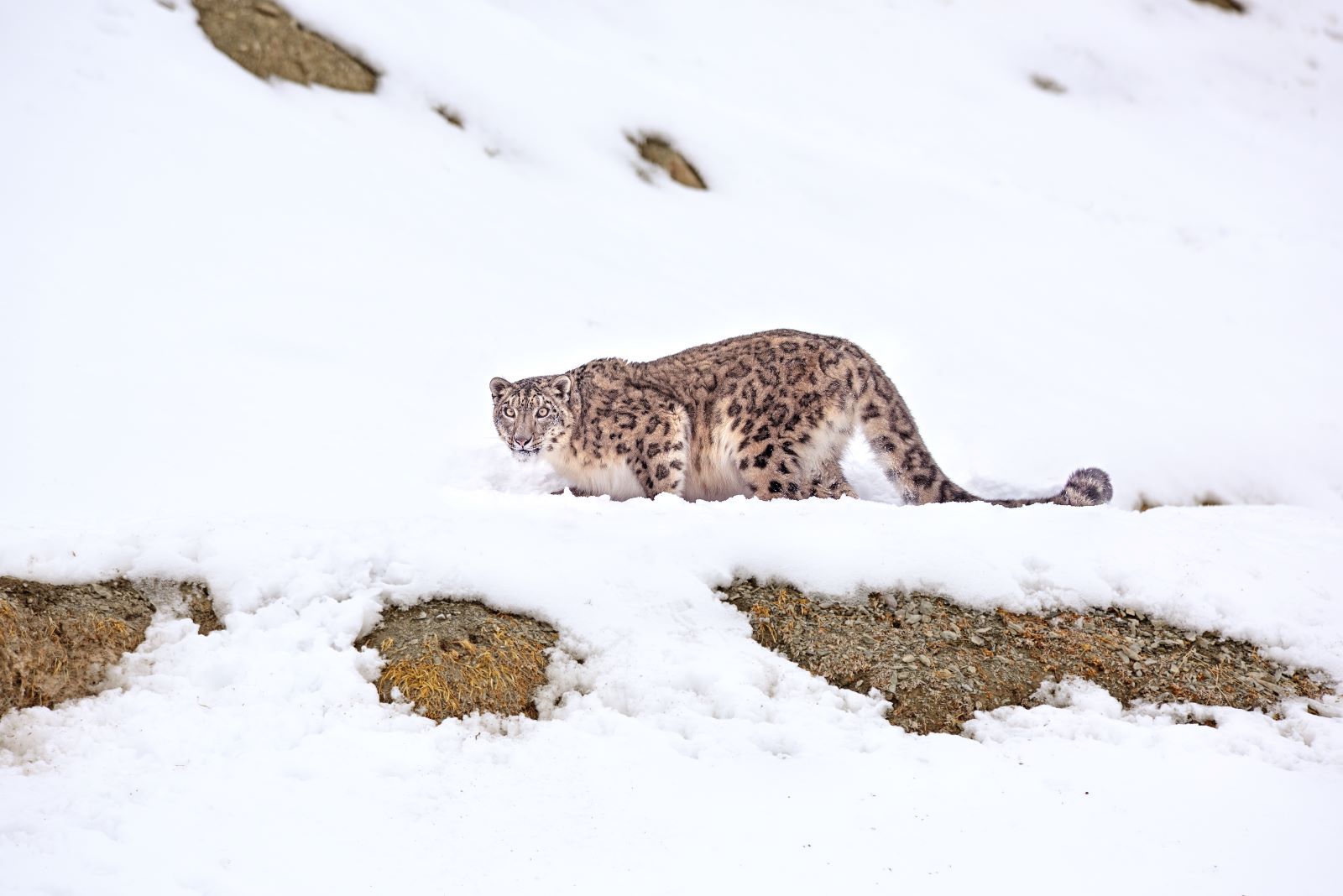
Image Credit: Shutterstock / Koushik Bhattacharjee
Snow leopards inhabit high-altitude mountain ranges in Central and South Asia. Climate change is causing their habitat to shift and fragment, reducing the availability of prey and increasing human-wildlife conflicts.
5. Sea Turtles
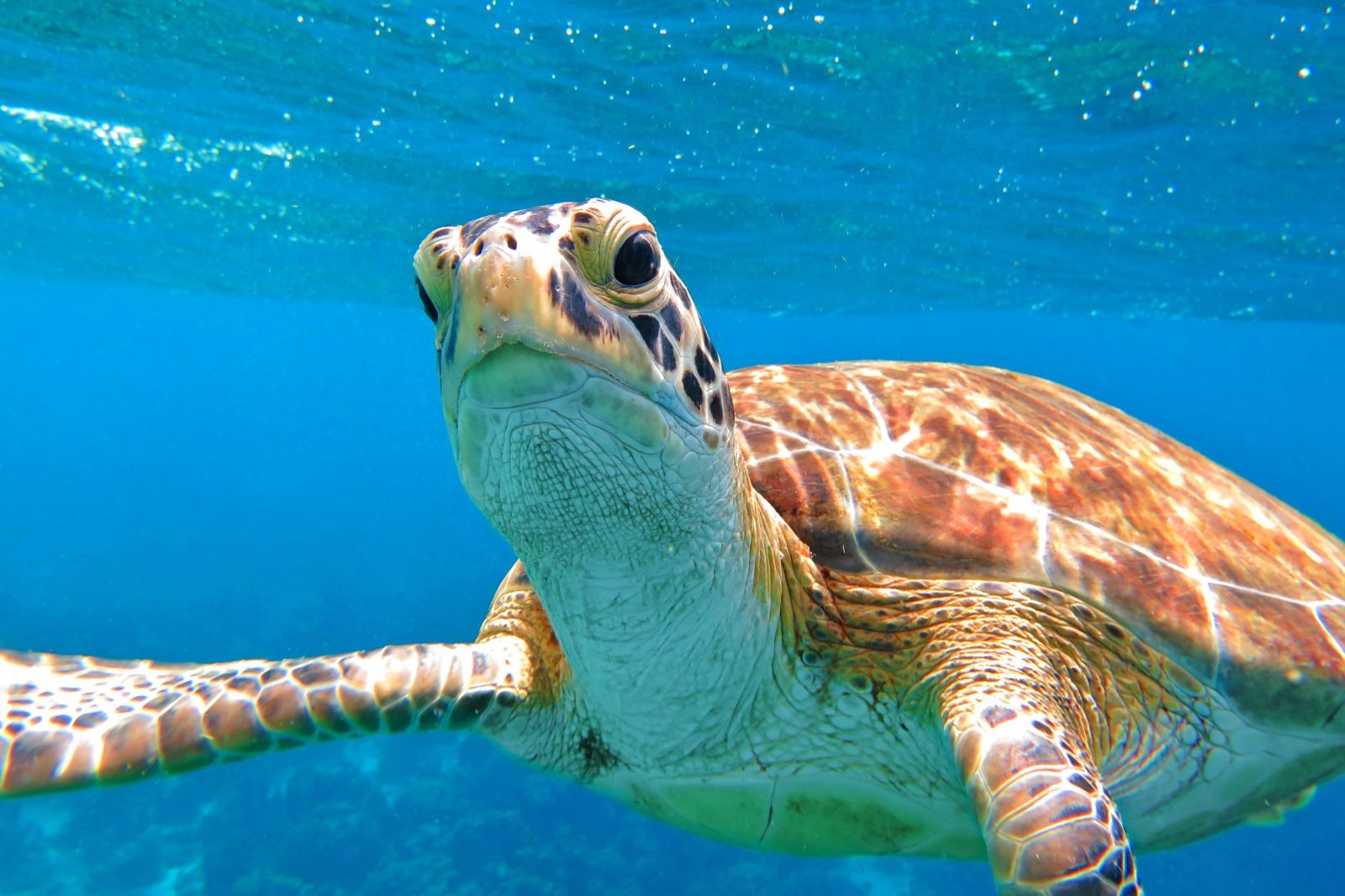
Image Credit: Shutterstock / blue-sea.cz
Sea turtles are affected by rising ocean temperatures, which can alter their nesting sites and sex ratios of hatchlings. Warmer sand temperatures lead to more females being born, which can disrupt population dynamics.
6. African Elephants
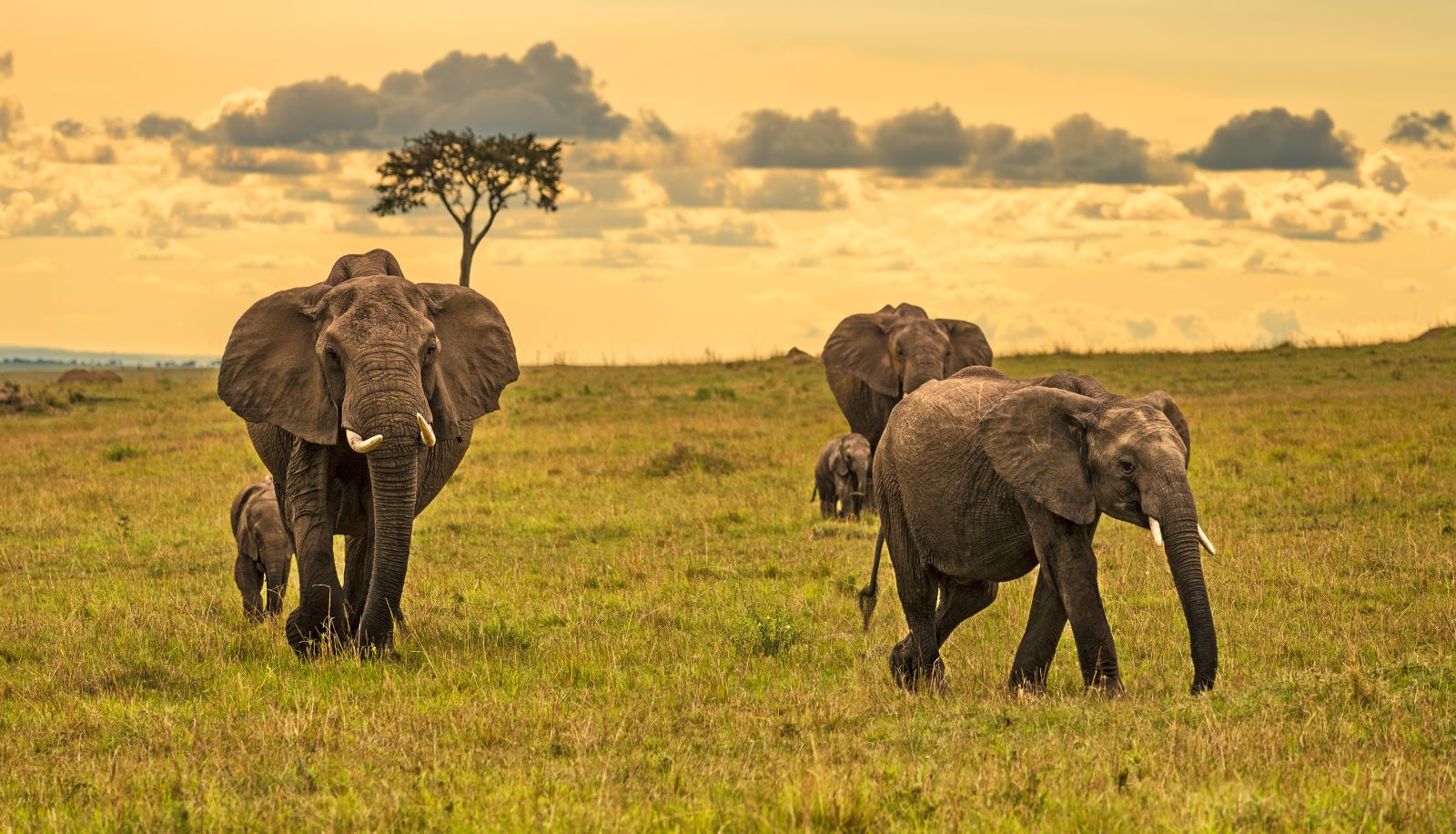
Image Credit: Shutterstock / Nick Fox
African elephants are affected by changing vegetation patterns and reduced water sources. Droughts exacerbated by climate change force them to migrate longer distances and can lead to increased human-wildlife conflict.
7. Emperor Penguins
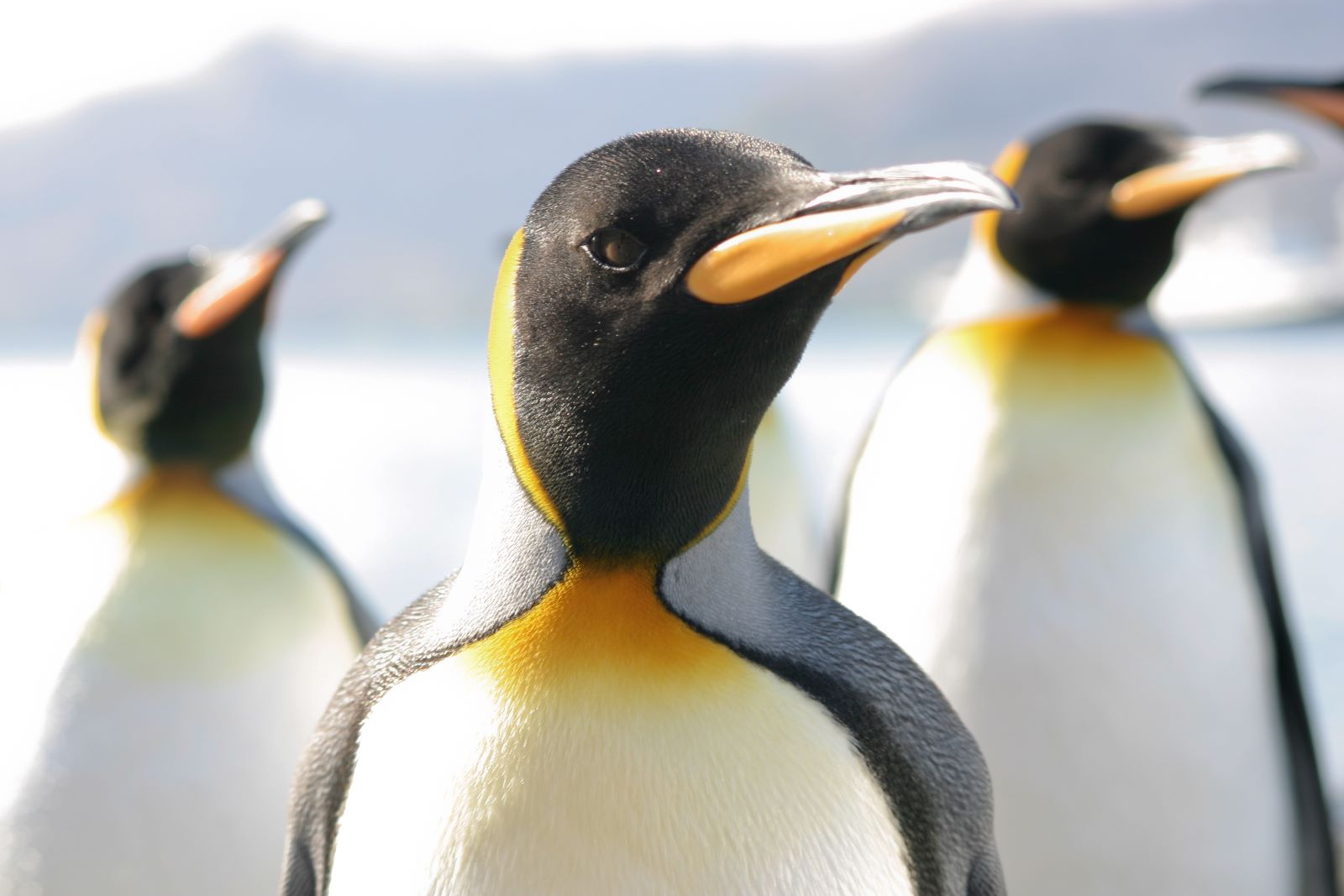
Image Credit: Shutterstock / Tom K Photo
Emperor penguins rely on stable sea ice for breeding and feeding. Melting ice due to rising temperatures threatens their nesting grounds and access to krill, a key food source.
8. Sumatran Orangutans
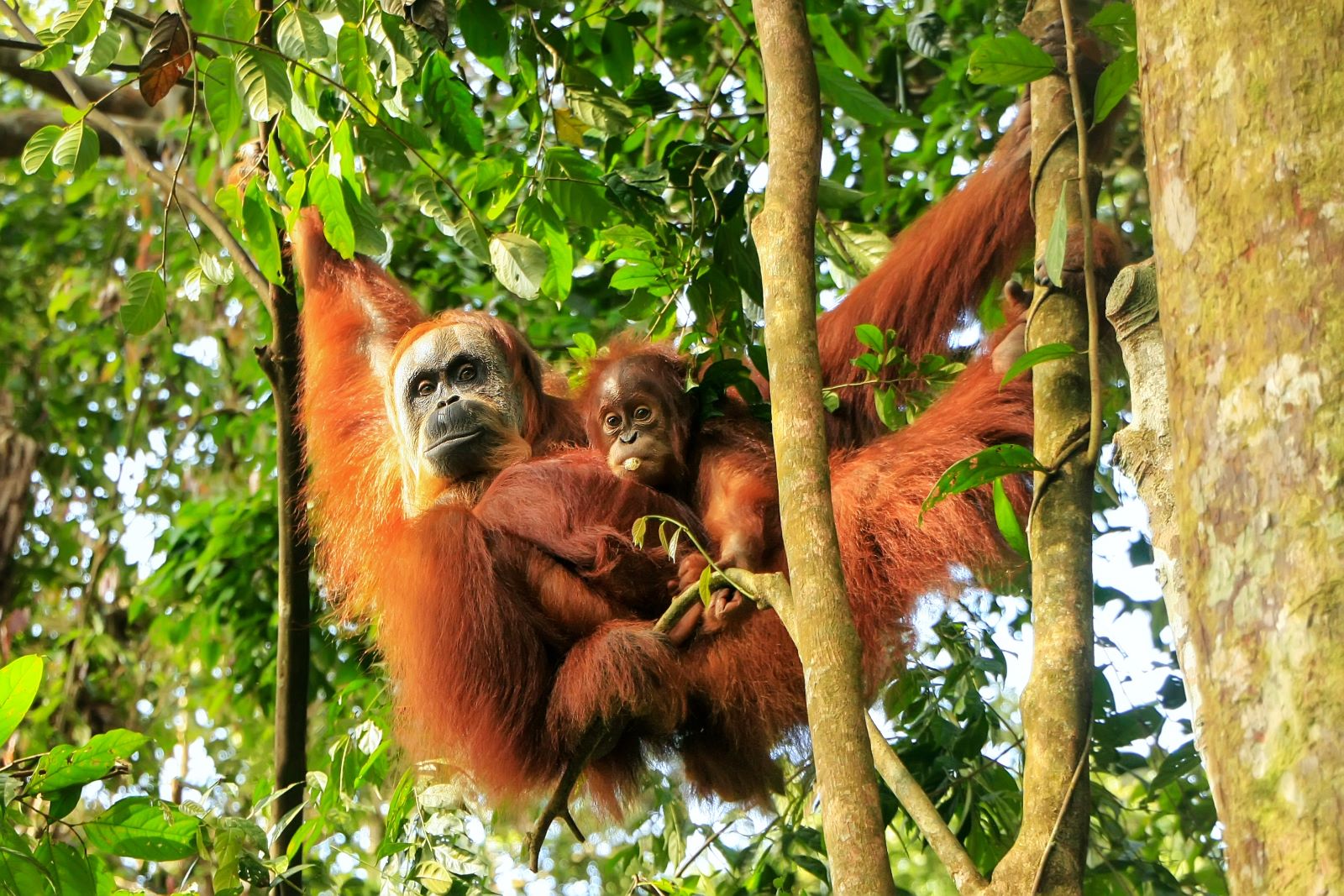
Image Credit: Shutterstock / Don Mammoser
The Sumatran orangutan faces habitat loss due to deforestation for palm oil plantations. Climate change exacerbates this issue by altering forest ecosystems and increasing the frequency of fires.
9. Atlantic Puffins
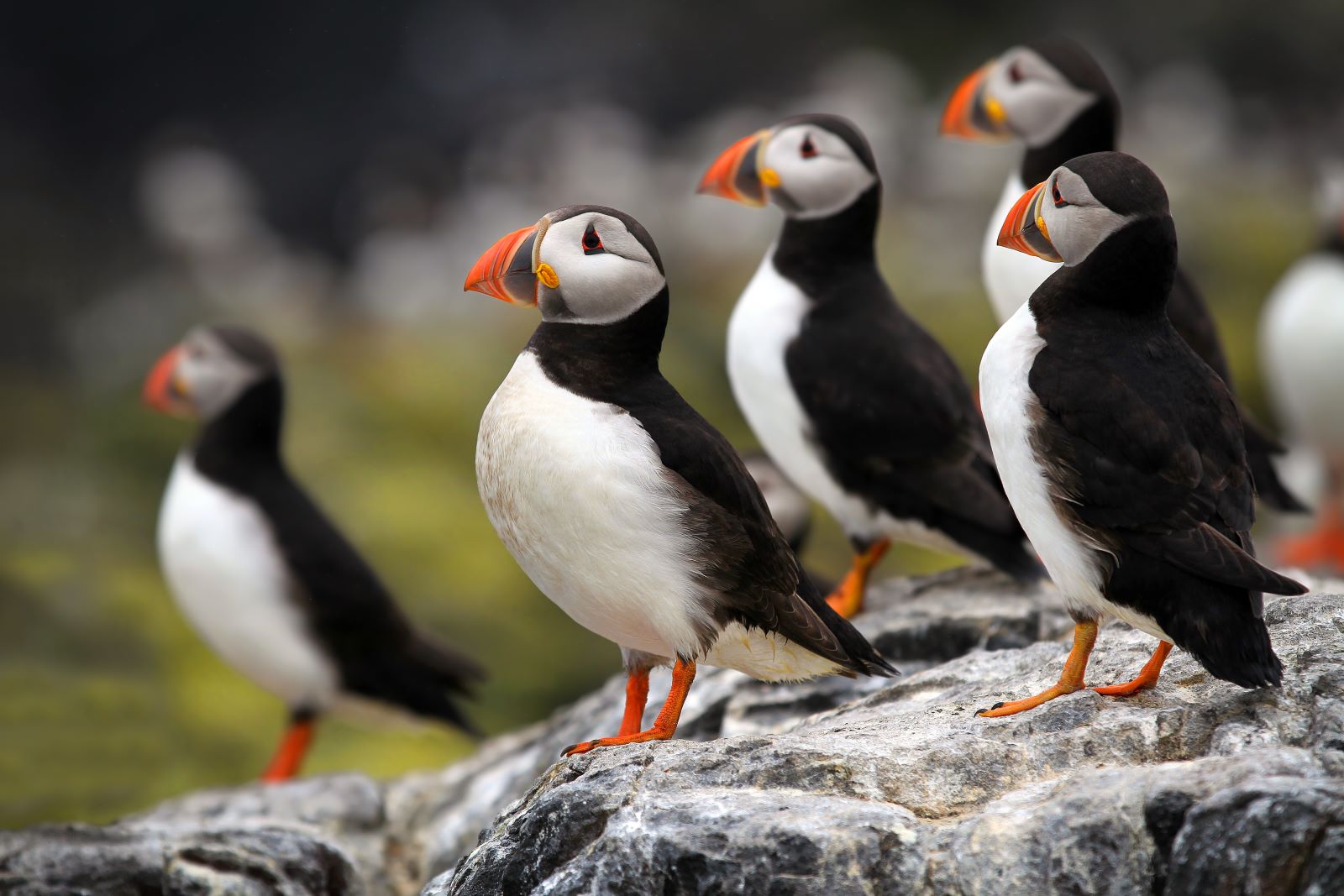
Image Credit: Shutterstock / Mark Caunt
Atlantic puffins nest on coastal cliffs and are affected by changes in sea temperature and prey availability. Warming waters lead to shifts in fish populations, impacting puffins’ ability to find food for their chicks.
10. Mountain Gorillas
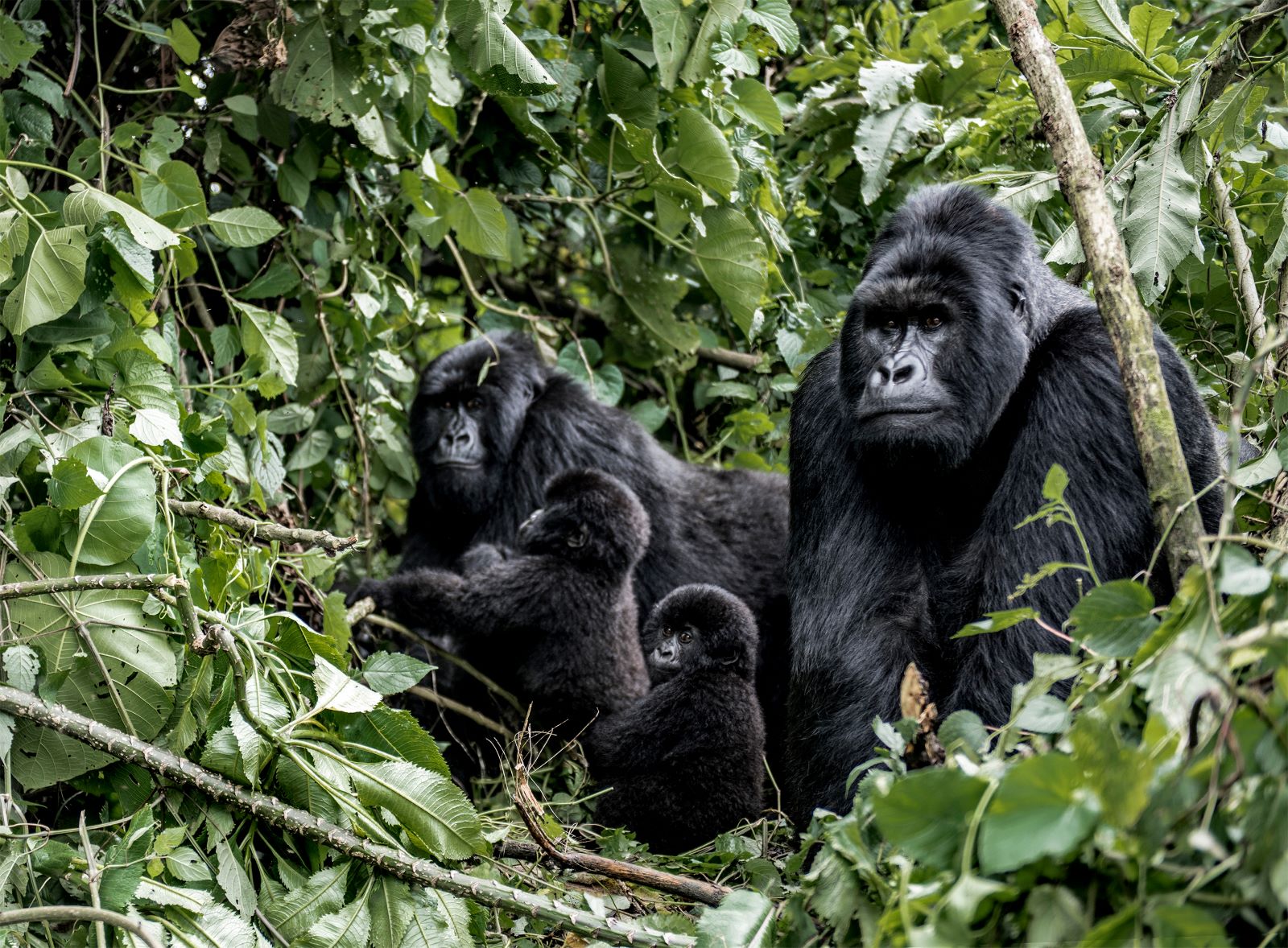
Image Credit: Shutterstock / Eric Isselee
Mountain gorillas live in the dense forests of the Virunga Mountains. Climate change is altering their habitat, affecting the availability of food and increasing the spread of diseases that can be fatal to these endangered primates.
11. Arctic Foxes
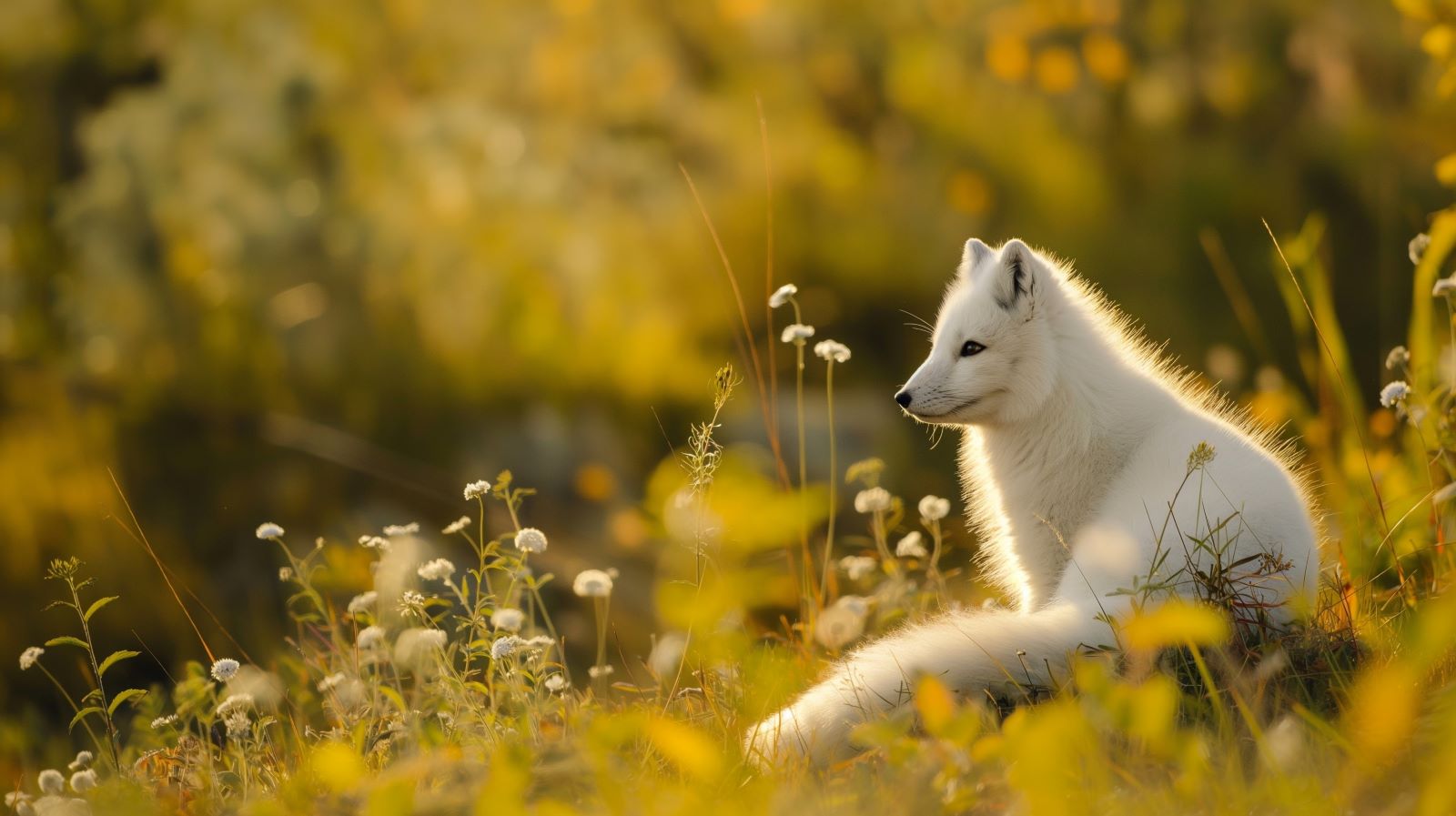
Image Credit: Shutterstock / Dimitri Tymchenko
Arctic foxes are adapted to cold environments and rely on permafrost and ice for hunting. Warming temperatures are reducing the extent of their icy habitat and altering the availability of prey.
12. Polar Bears
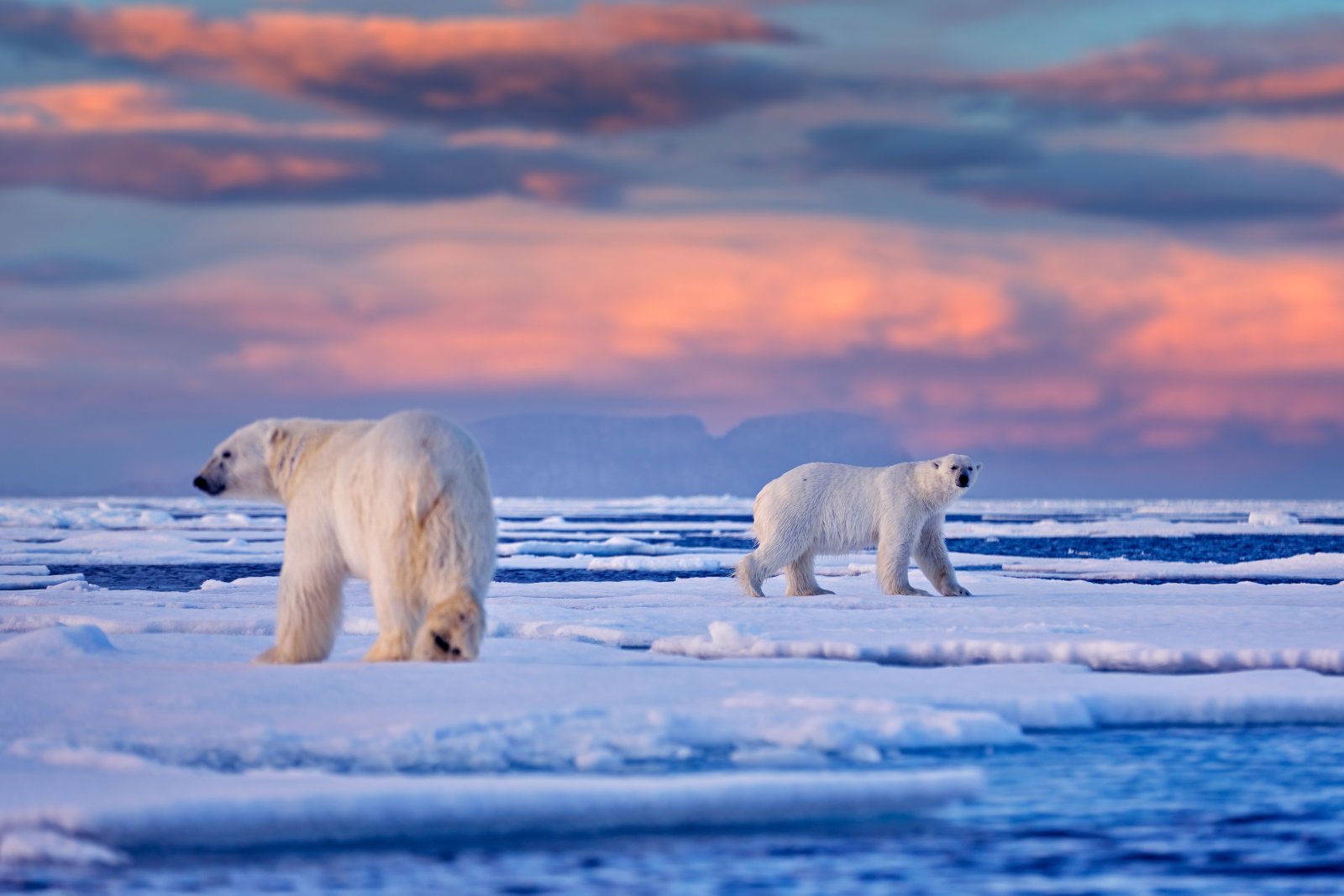
Image Credit: Shutterstock / Ondrej Prosicky
Polar bears are directly impacted by the loss of sea ice, which is crucial for their hunting and survival. The reduction in sea ice forces polar bears to travel longer distances in search of food, which can lead to malnutrition and lower cub survival rates.
13. Green Sea Turtles
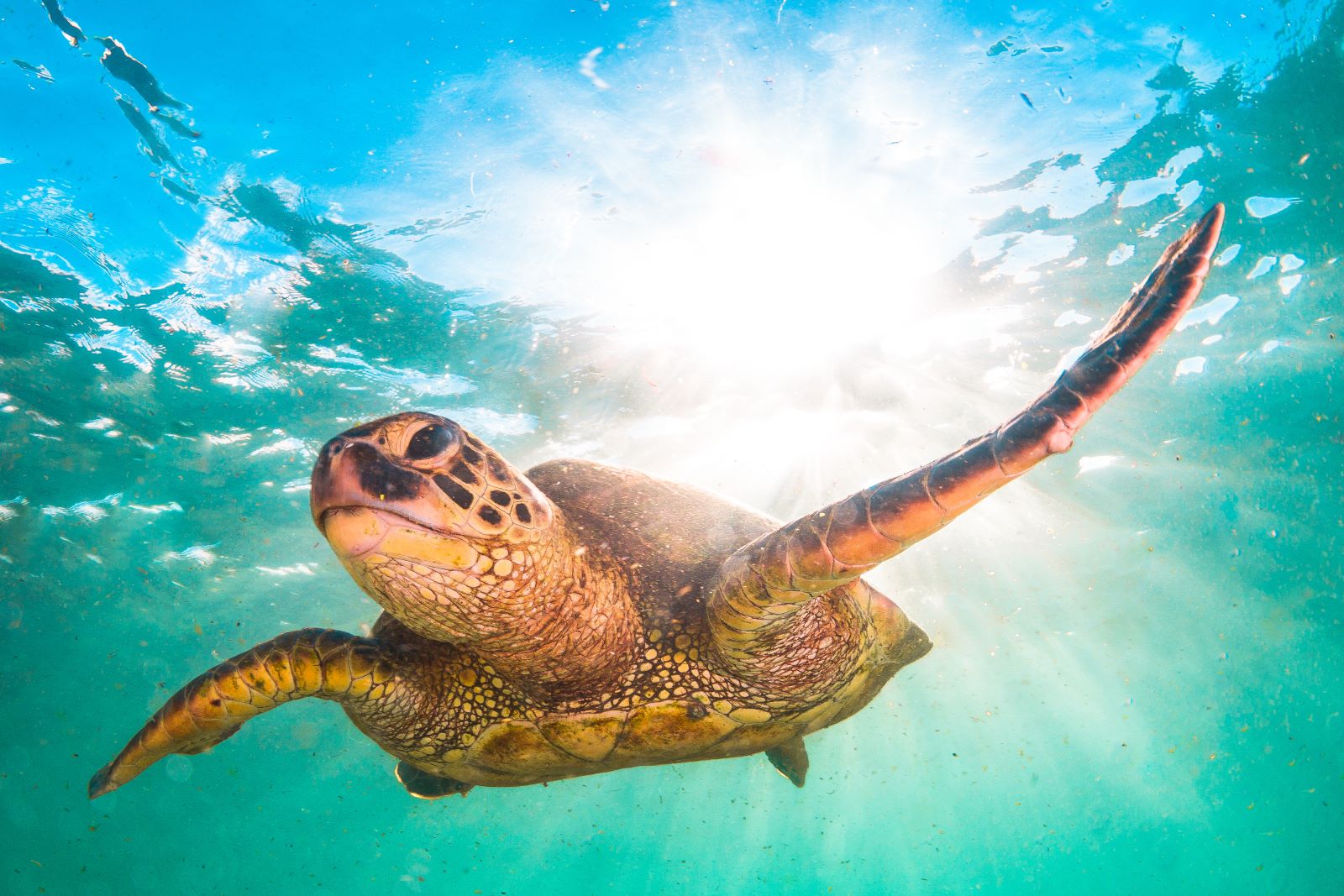
Image Credit: Shutterstock / Shane Myers Photography
Green sea turtles are particularly vulnerable to changes in their nesting environments. Rising temperatures and increased storm intensity can destroy nesting sites and reduce hatchling survival rates.
14. Hawaiian Monk Seals

Image Credit: Shutterstock / Mana Photo
Hawaiian monk seals rely on sandy beaches for breeding and resting. Rising sea levels and increased storm activity threaten their breeding sites and make it difficult for them to haul out and give birth.
15. Kākāpō Parrots

Image Credit: Shutterstock / FeatherStalker Don
The critically endangered kākāpō, a flightless parrot from New Zealand, is affected by habitat loss and changes in its food sources. Climate change exacerbates these issues by altering the forest environment where they live.
16. Australian Koalas
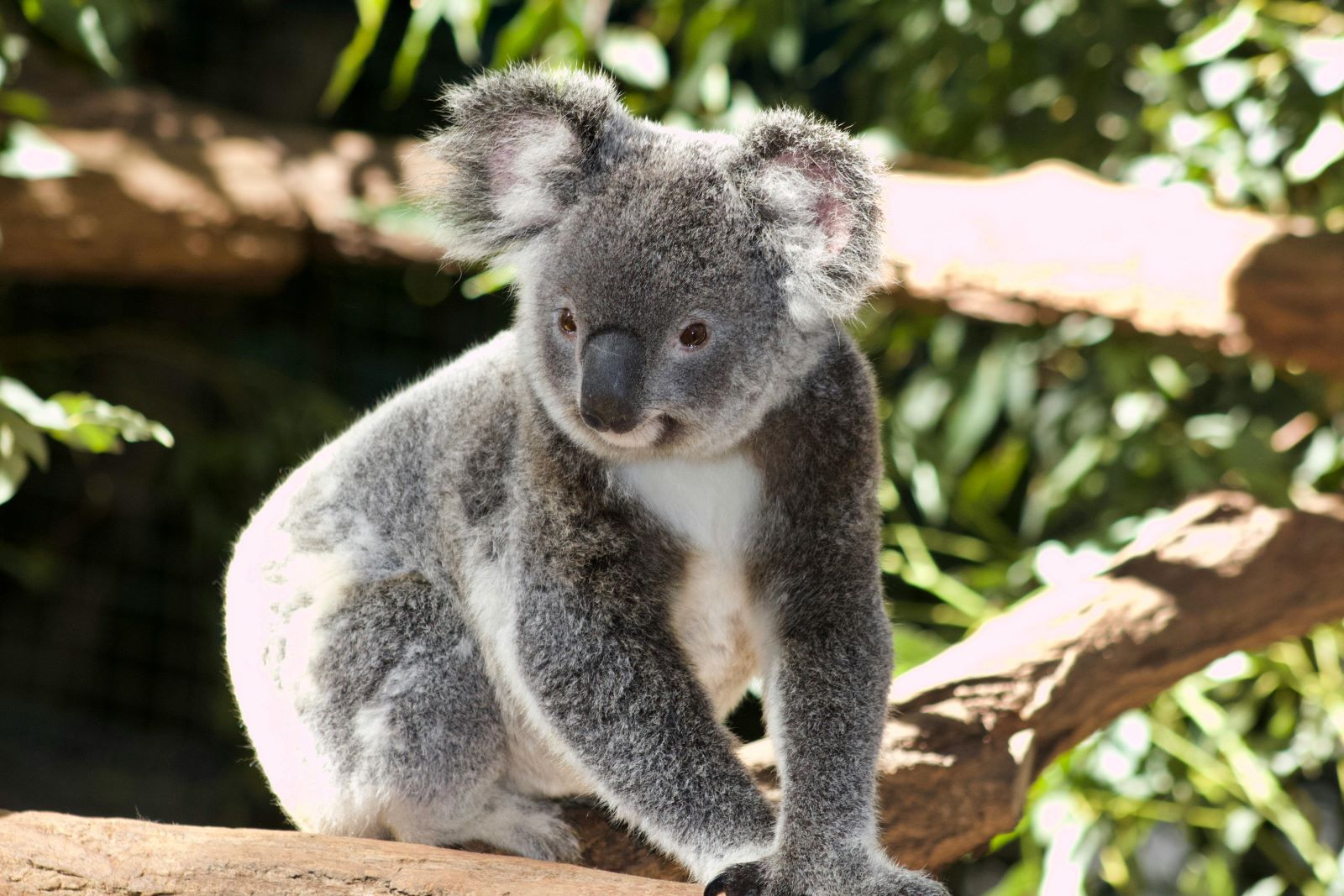
Image Credit: Pexels / Flip Side
Koalas face habitat destruction due to bushfires, which are becoming more frequent and intense due to climate change. The loss of eucalyptus forests, their primary food source, and the destruction caused by fires pose significant threats to their survival.
17. Pika
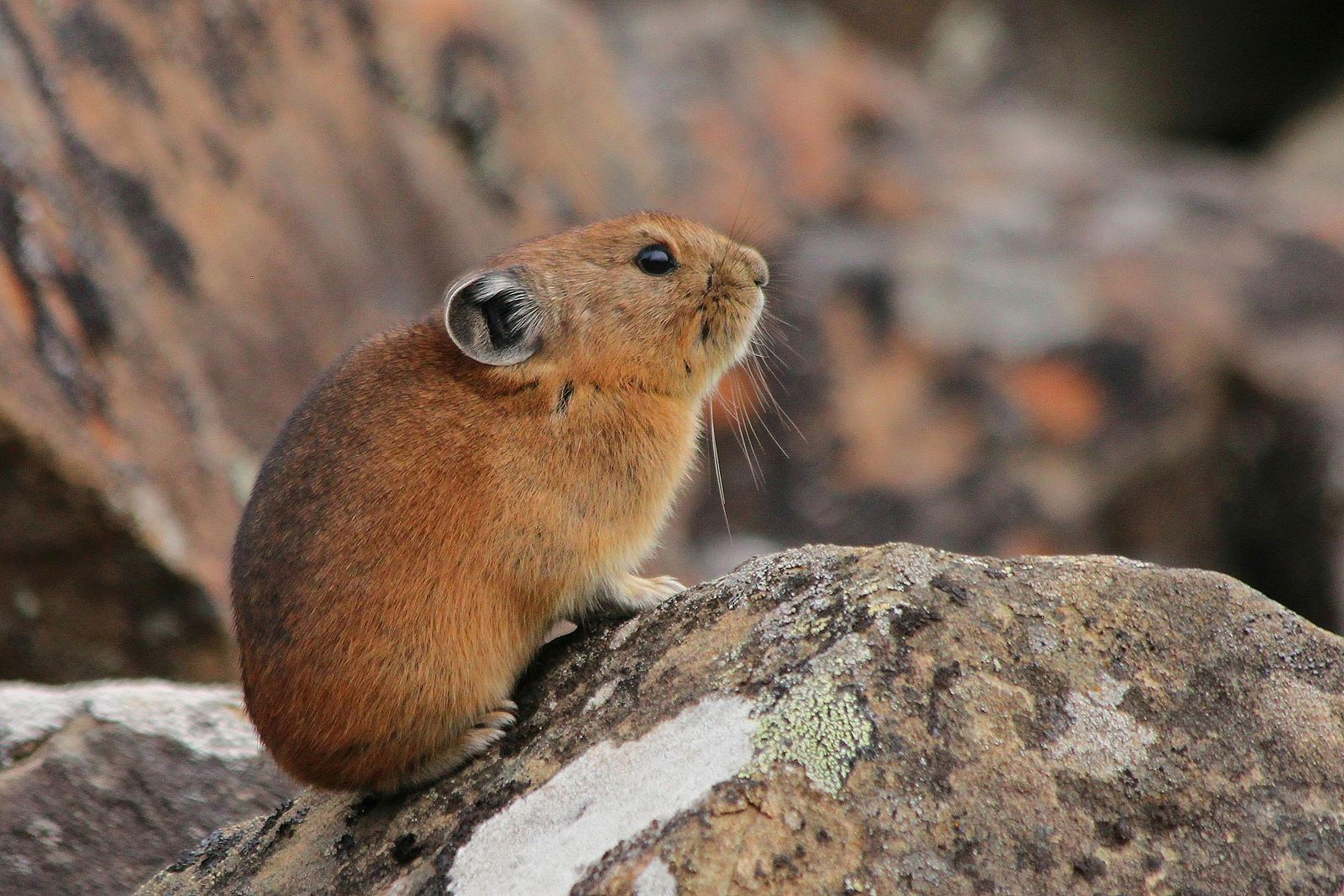
Image Credit: Pexels / Александр Велигура
Pikas are small mammals living in mountainous regions. They are sensitive to temperature changes, and rising temperatures force them to move to higher altitudes, where suitable habitat is increasingly limited.
18. Walruses
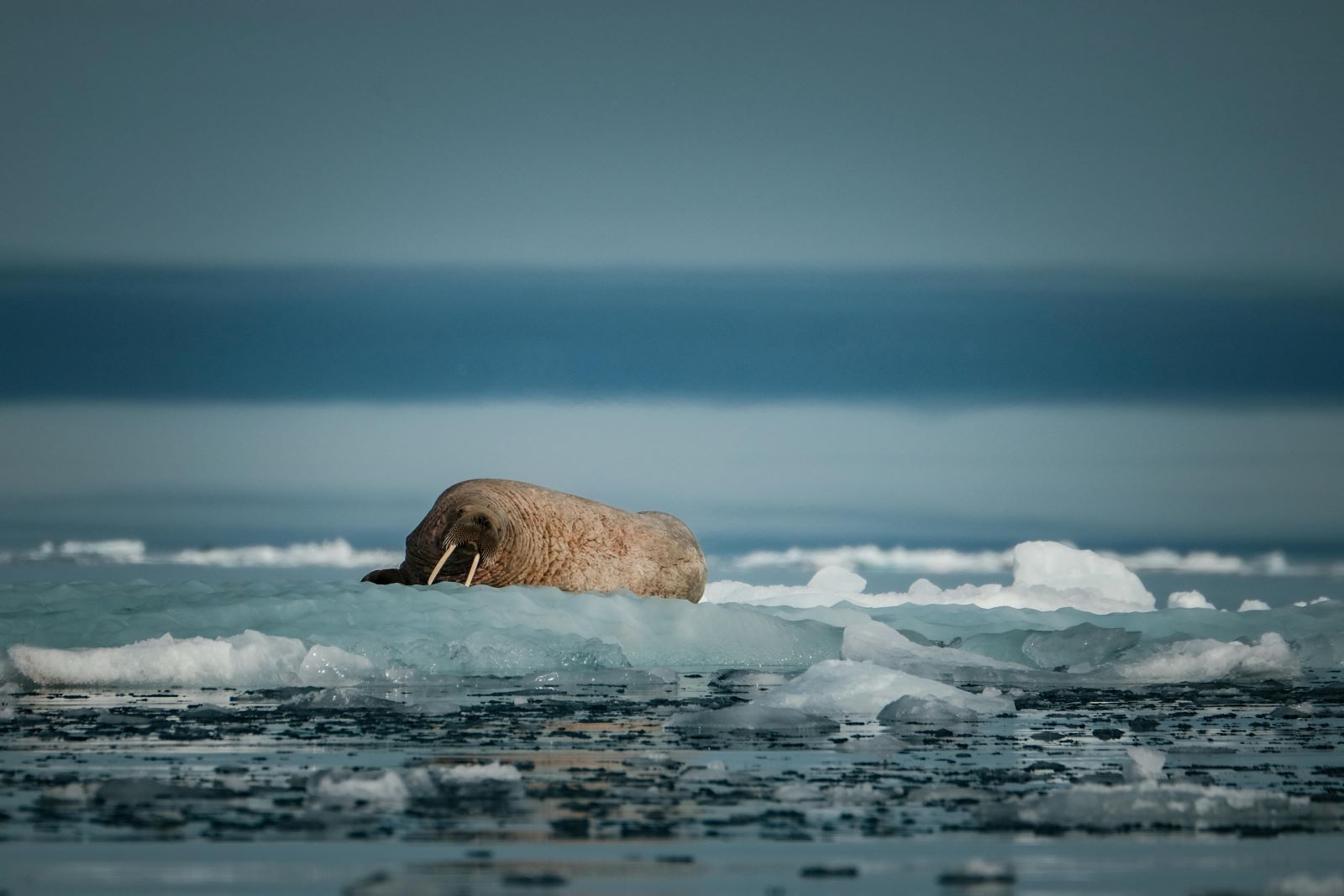
Image Credit: Pexels / Francesco Ungaro
Walruses depend on sea ice to rest and find food. The melting of Arctic ice forces them to haul out on land, leading to overcrowding and increased mortality rates, particularly among calves.
19. Yellow-eyed Penguins
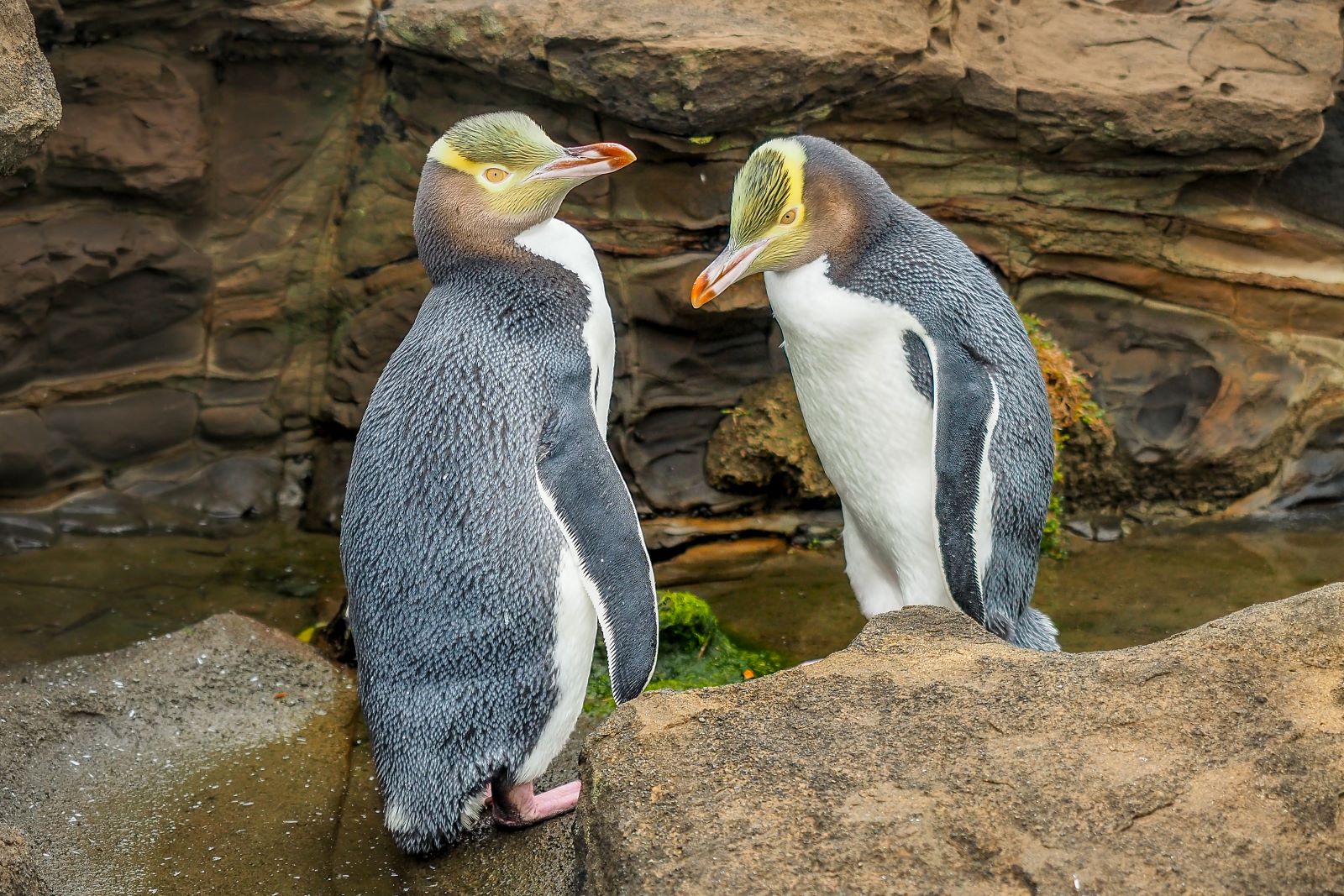
Image Credit: Shutterstock / Robert CHG
Native to New Zealand, yellow-eyed penguins are struggling with habitat loss and changes in their prey availability. Climate change impacts the marine environment, reducing fish stocks and affecting their breeding success.
20. Northern Right Whales
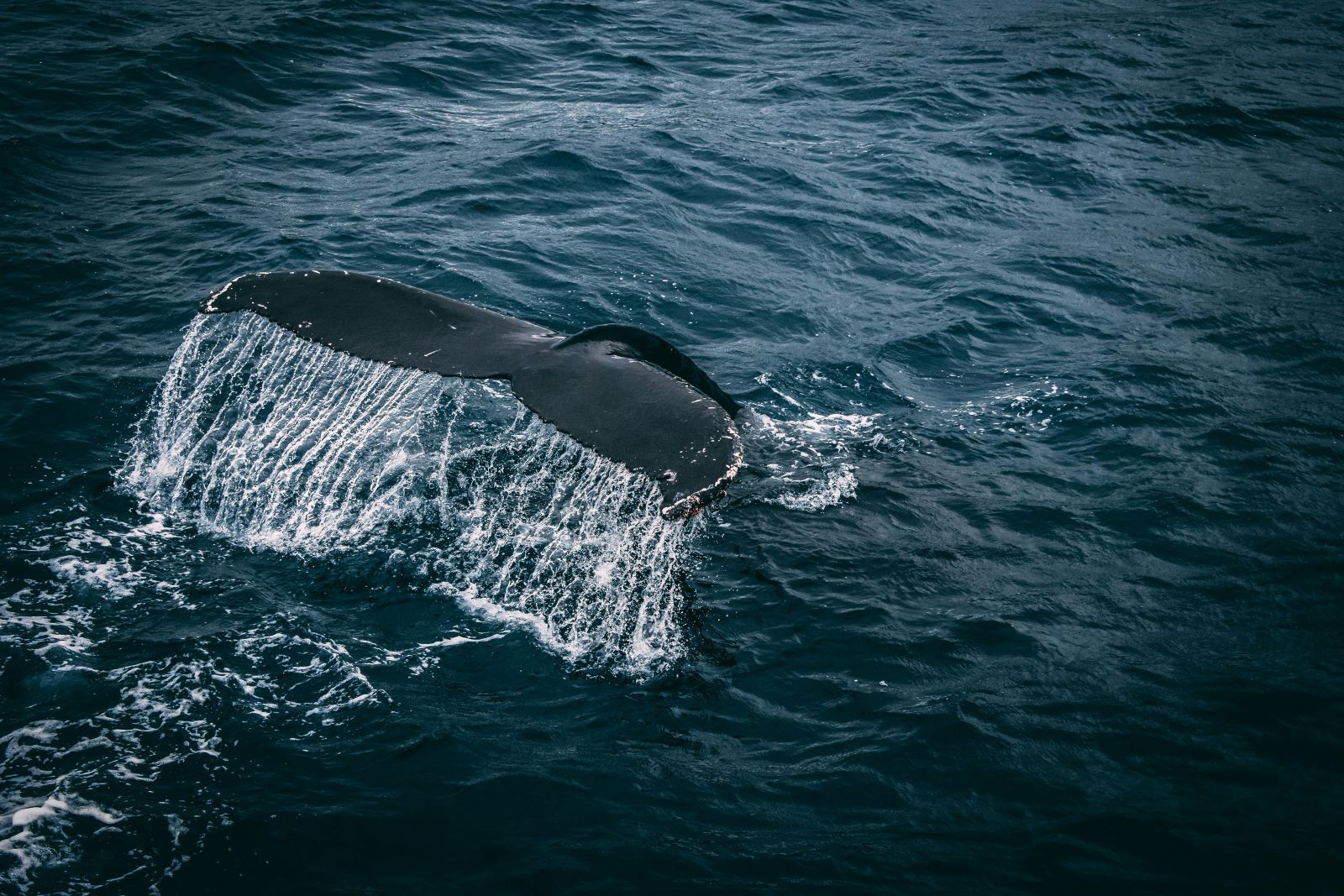
Image Credit: Pexels / Rudy Kirchner
Northern right whales are one of the world’s most endangered large whale species. Climate change affects their prey distribution and increases the likelihood of entanglement in fishing gear, further threatening their dwindling numbers.
Wake-Up Call or Just Noise?
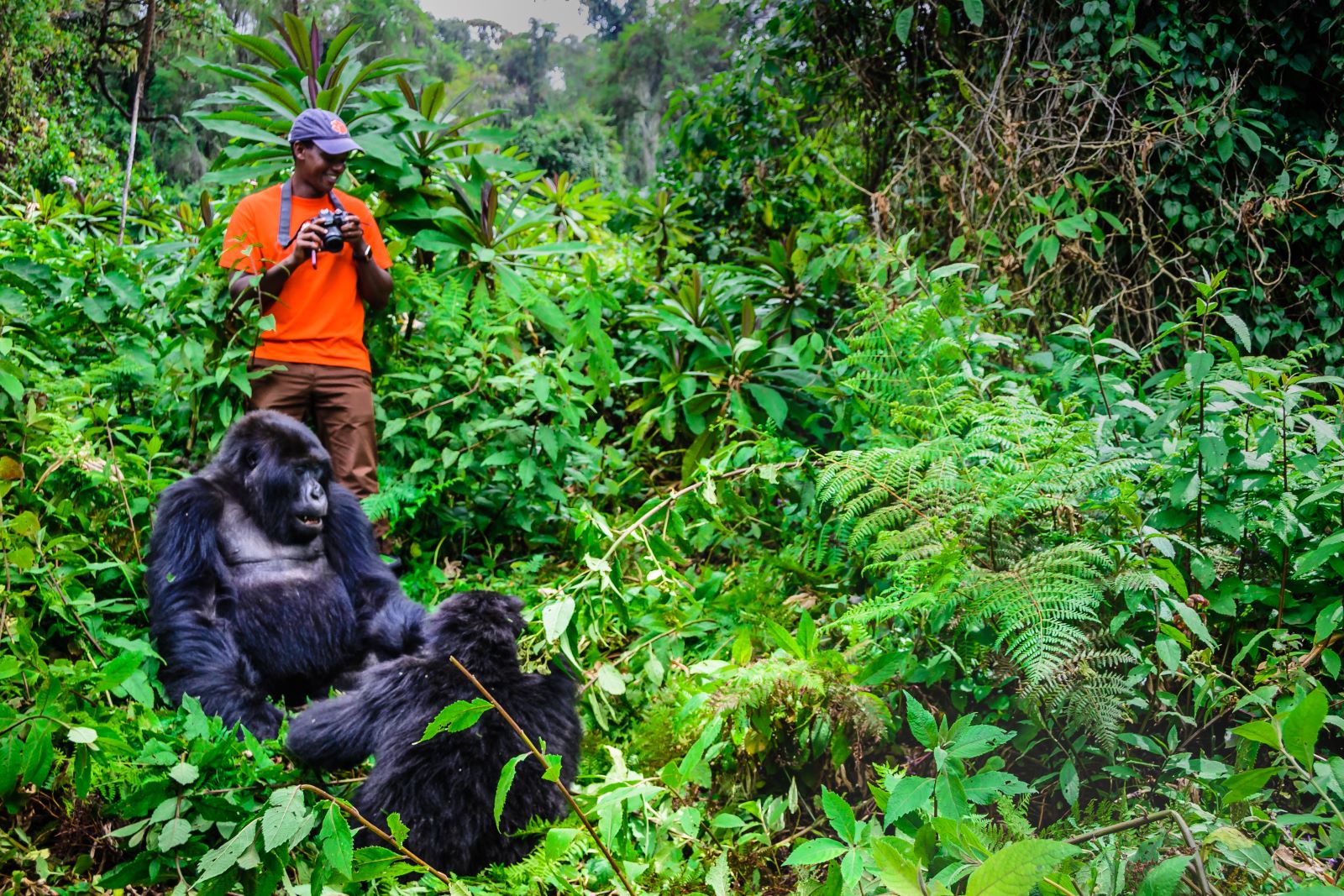
Image Credit: Shutterstock / Tetyana Dotsenko
Are we truly listening to the alarms that these species are sounding? If we fail to act on climate change, their suffering might be a preview of what’s to come for many other species and for us.
For transparency, this content was partly developed with AI assistance and carefully curated by an experienced editor to be informative and ensure accuracy.

